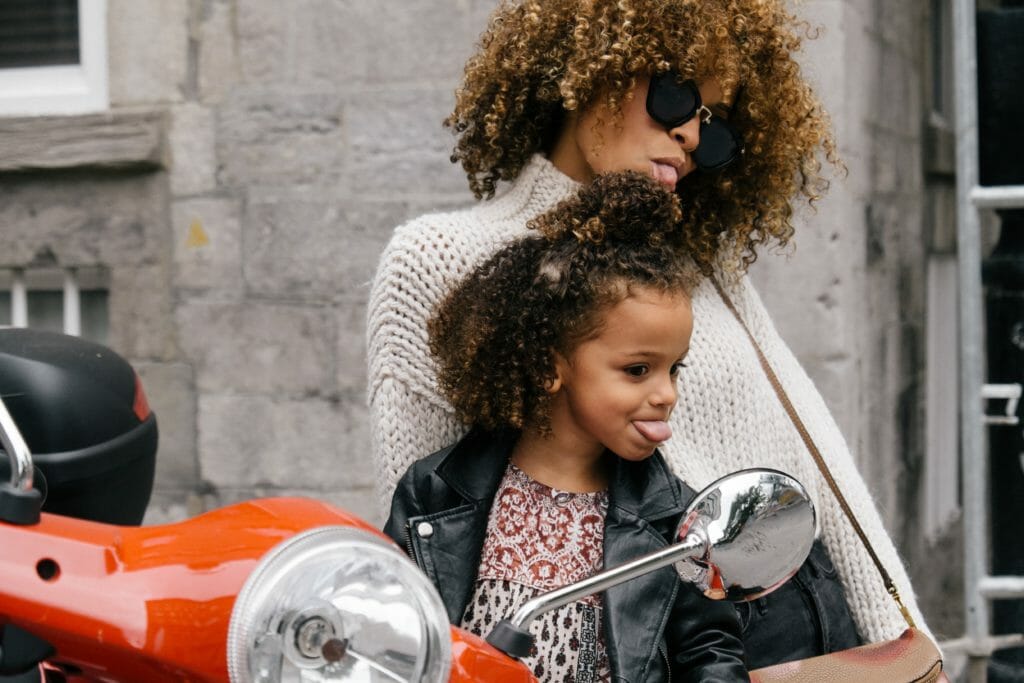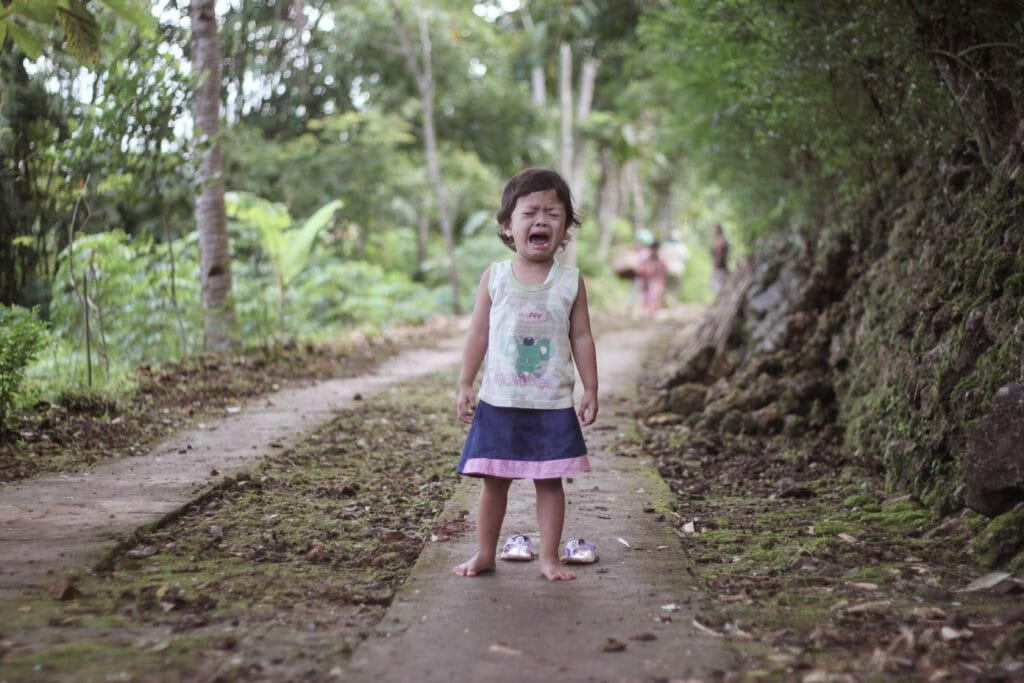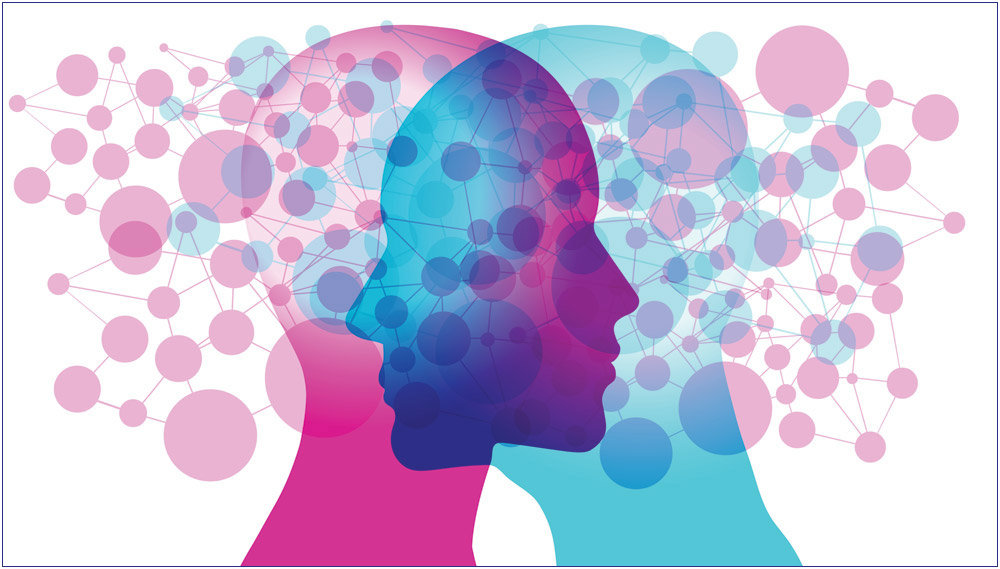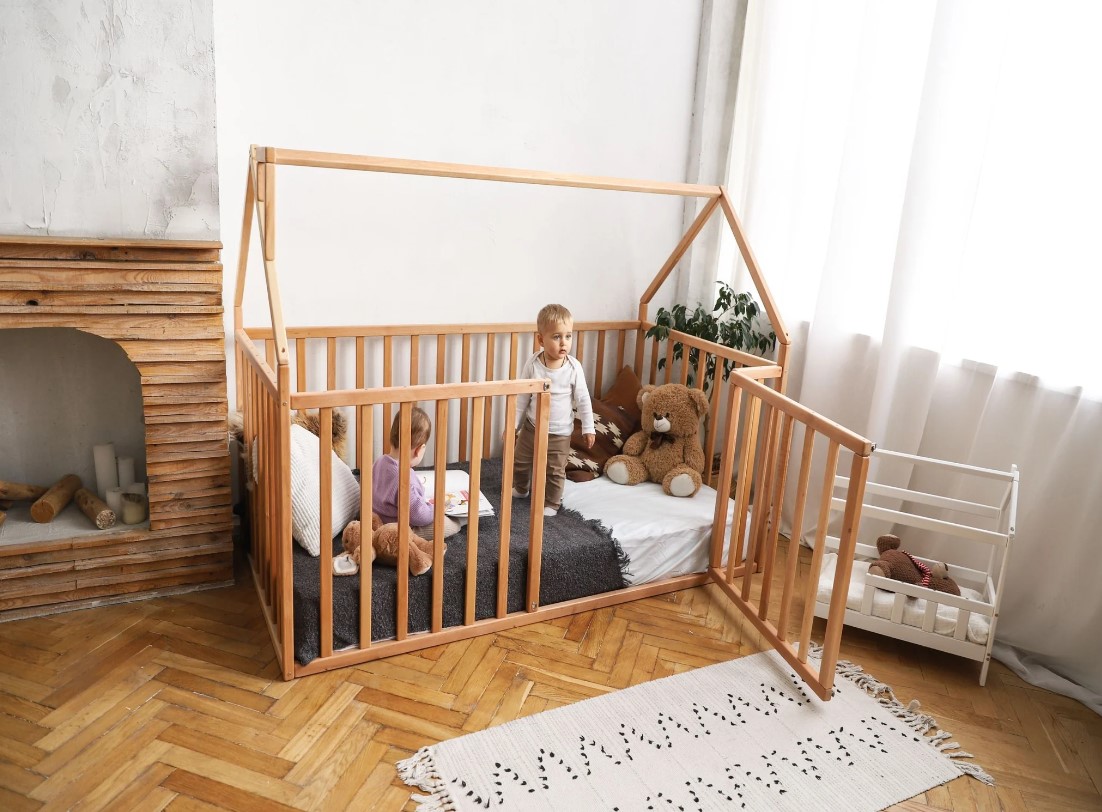Dr. Nicole LePera is a Holistic Psychologist who believes that mental wellness is for everyone.
She evolved her more traditional training from Cornell University and The New School to one that acknowledges the connection between the mind and body.
Dr. Nicole explained in her video how we are hard-wired to connect with our primary caregivers. We learned from them and replicated these early childhood models in our own relationships with others.
Before you check out the video I would like to point you to the some of comments from other people on YouTube. This one is powerful!
I grew up with A very anxious family, very impatient, overthinking, and most of all no boundaries, it all came from my dad’s sides of the family my grandmother is the same way with a temper screams at everyone very belittling no boundaries, my dad is the same growing up I watched my dad argue with my mom and vice Versa, I grew up with so many emotions of hate, sadness, worthless and wanting a new family bc I knew my family was bad, I grew up and got into a relationship and I was the toxic one I had the same mannerism as I did with my parents I didn’t know how to love I didn’t know what boundaries were, how do communicate, etc, now I wanna change I need help.
Denise/YouTube
In this video, Dr. Nicole teach us a life lesson, watch it carefully and take notes. Even if you forget to take a note, don’t worry. One of the users from YouTube already did it. You can read it down below the video.
This video evoked many positive comments. Here is the one that caught my attention:
Oh, god. Brought tears to my eyes. Thank you, Dr. Nicole. Truly needed this, as I’m a mum now. I wanna raise my child better. I know it has to get fixed so the cycle stops
Zaina/YouTube
Our parents teach us/model how to:
- Connect with others
- Navigate environments
- Recover from stress (emotional resilience)
which develop into 4 main attachment styles (1 secure and 3 insecure sub-types)
- Secure
- Insecure-avoidant
- Insecure-anxious
- Insecure-disorganized
Secure

The autonomous adult has caregivers able to tolerate their own and relational stress, differentiate between their needs and other’s needs, and remain attuned to the needs of the child.
They showed up for your stress and helped you navigate and understand it. The child develops the ability to spend time alone, navigate their emotions alone but also communicate their emotions, and relate to the emotional experiences of others. Has language and stress tolerance to help others.
Avoidant

Disconnected from physical and/or emotional connection, leaving the child to navigate their emotions alone.
The child develops a disconnect between their internal emotional world and how they relate to and navigate relationships.
[I think this describes the stoic tendencies of patriarchal masculine gender socialization, for example].
Less sensitive to socioemotional cues of others. Emotionally opaque, neutral, robotic, or absent in relationships.
Anxious

A mis-attunement (tension or conflict) between a child’s needs and the caregiver’s needs, where the caregiver prioritizes and responds to their needs first or even at the expense of the child’s needs.
If the caregiver is feeling OK, the relationship is ok. If the caregiver isn’t feeling ok, the relationship becomes about the caregiver trying to feel ok again.
Looks like unpredictability or inconsistency. On “good days” it looks like attunement to child’s needs only because the caregiver’s needs are already met.
On “bad days,” the caregiver becomes distracted by their u addressed distress and self-focused on meeting their needs. The caregiver even externalizes and projects their needs onto the child rather than owning and accounting for them.
Regardless, the child’s needs disappear from consideration at least temporarily (this might be particularly traumatic before a child develops object constancy).
The seemingly-random episodic unpredictability leads trains the child into questioning the trustworthiness of intimate relations and fearing abandonment.
The secondary issue of developing a habit of maintaining shallow vs intimate relationships as a proactive defense. The child develops a tendency to over-ride their own needs in order to address the needs of others. The “helper” or “caregiver” archetype. Puts others first, due to learning in childhood “if you are OK, then I will be OK”
[Describes the tendencies of patriarchal feminine gender socialization, for example]
Disorganized

The caregiver tends toward neglectful, depressed, traumatized, abusive, etc behavior.
Creates confusing mixed modeling and messaging around safety: neither safe for the child in the relationship nor safe to run away and be without a caregiver to (help) meet basic physical and emotional needs.
Push-pull contradictions. The child develops an inability to distinguish between “safety” and “danger” in relationships.
May confuse one for the other erratically or consistently dismiss or misinterpret danger as safe (creating risk for abuse or exploitation) or safe as dangerous (creating risk for isolation).
Inability to regulate their own emotional state in the face of constant internal conflict, contradiction, and confusion. we are never or rarely fully one single type due to variations and diversity in relationships with caregivers and the resulting variations or diversity in modeling we receive.










